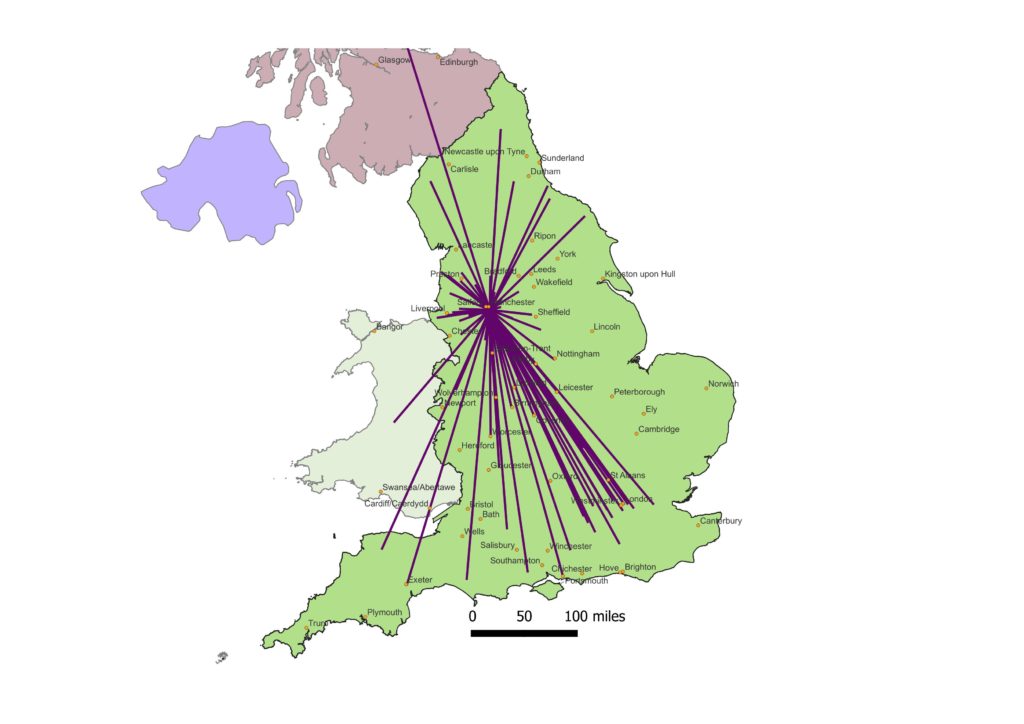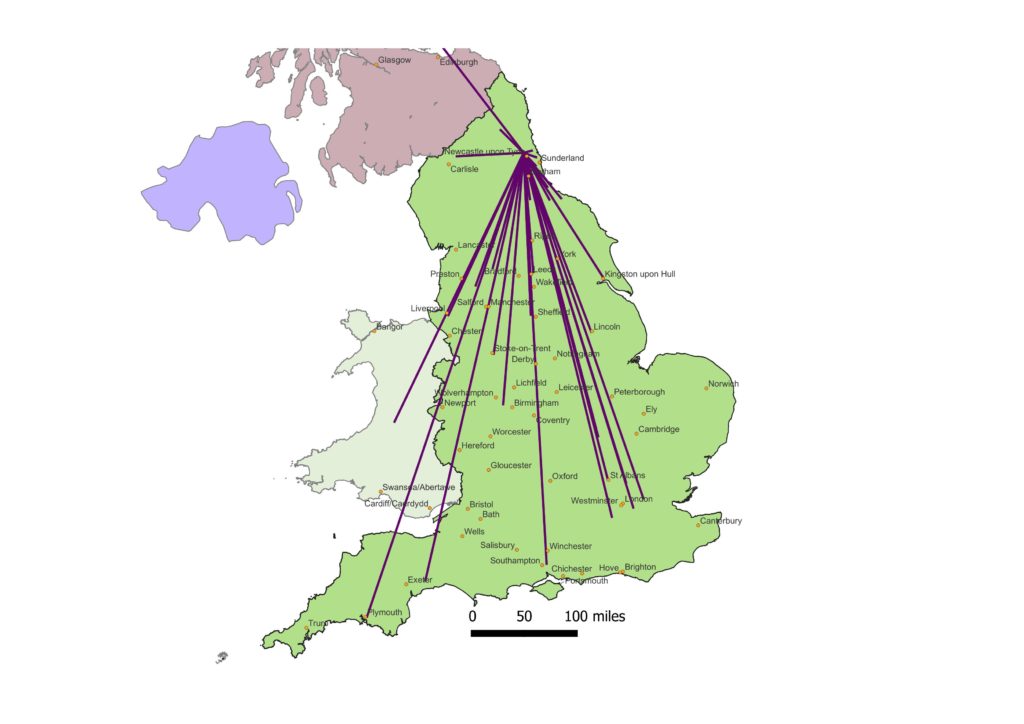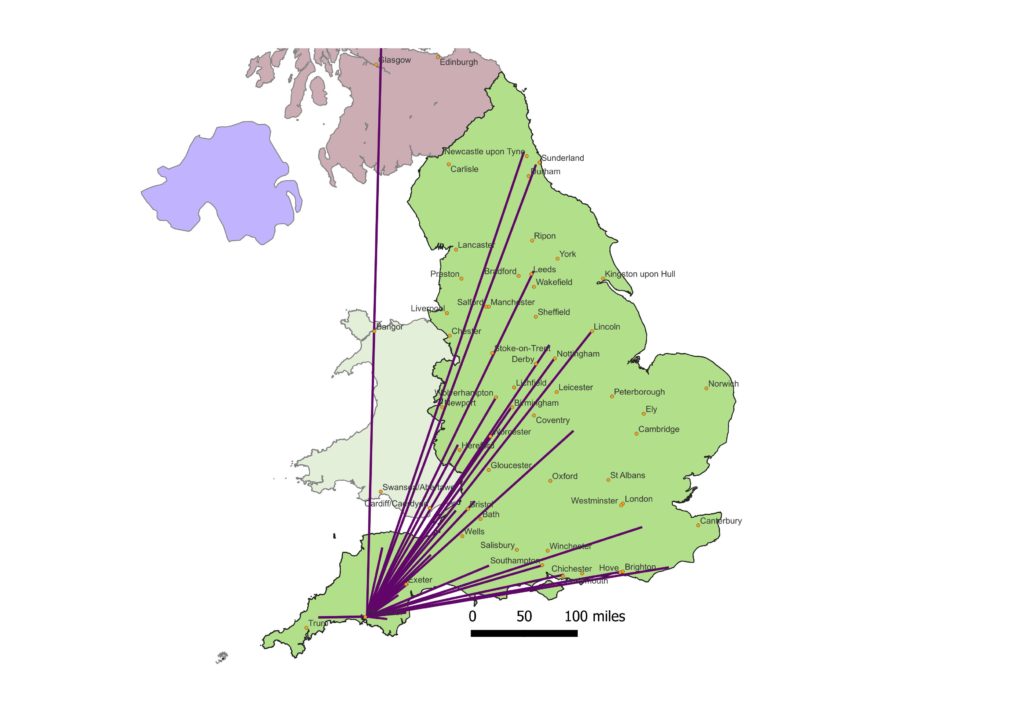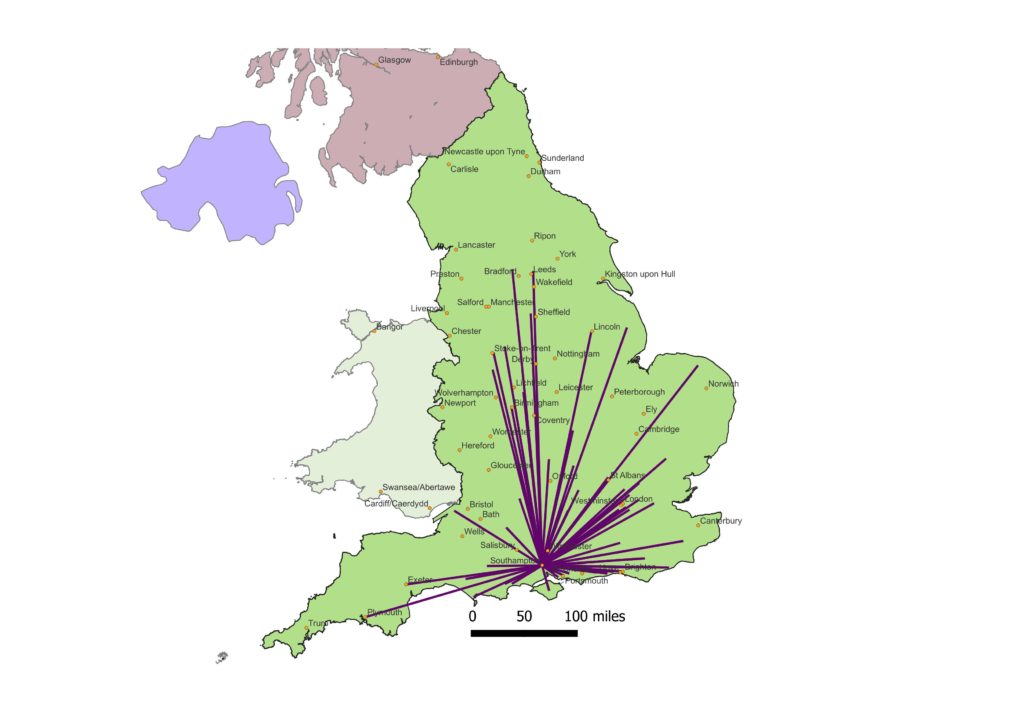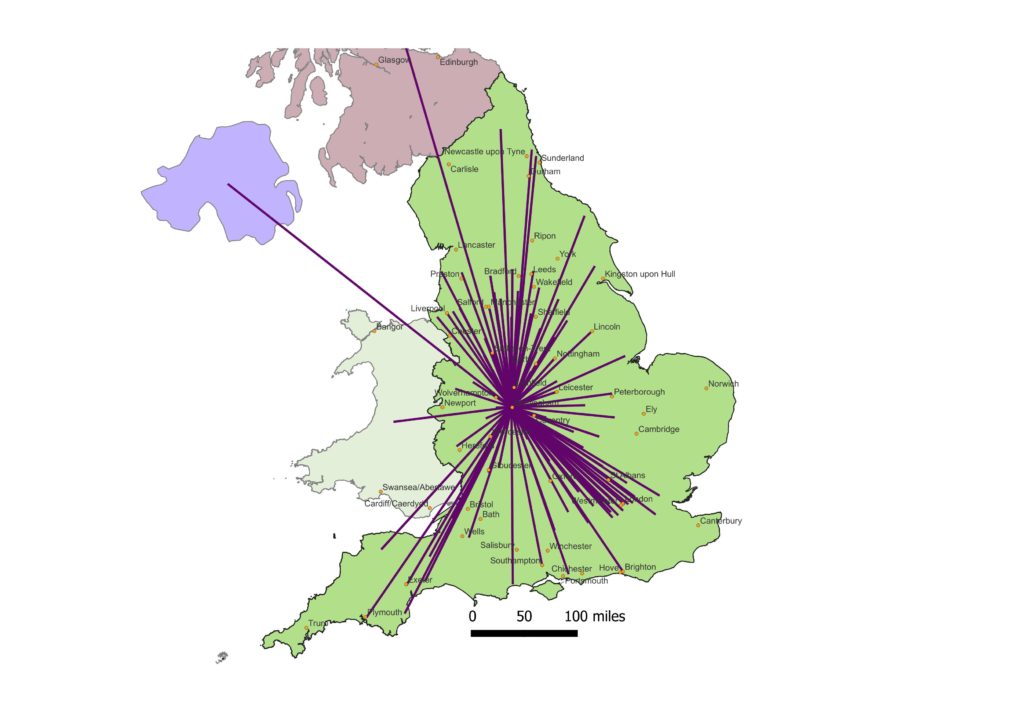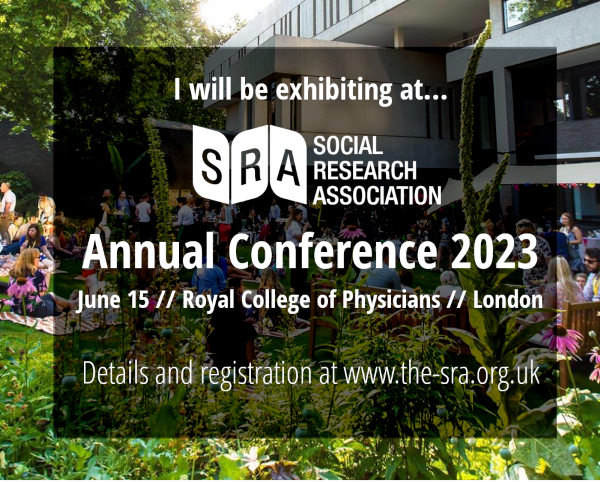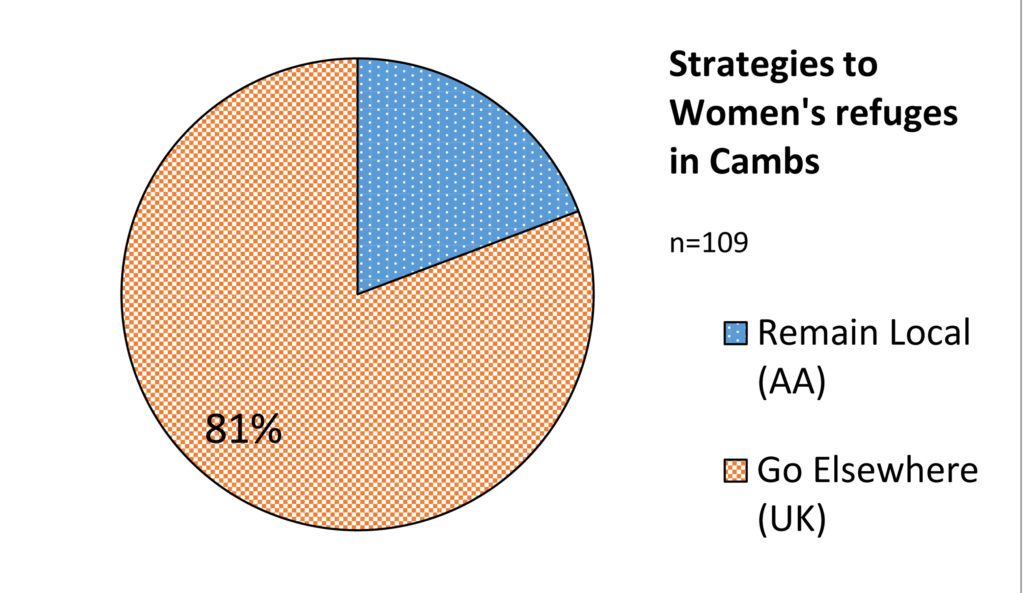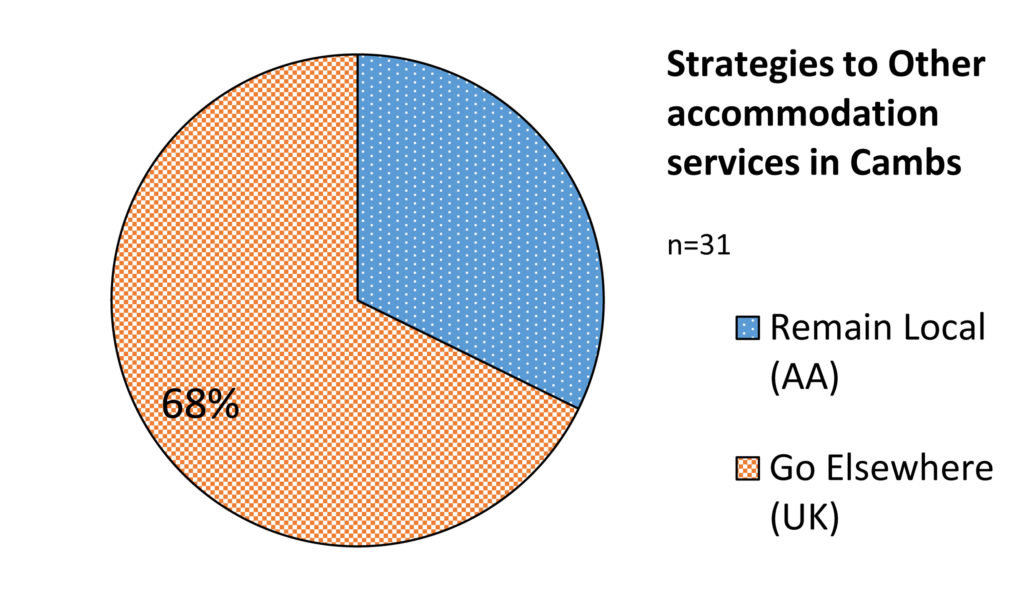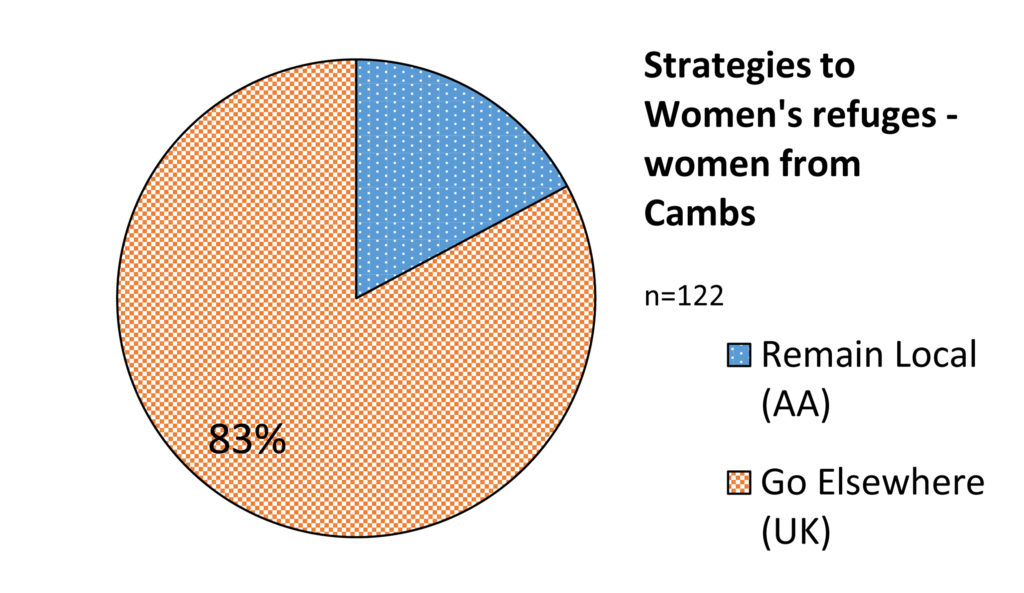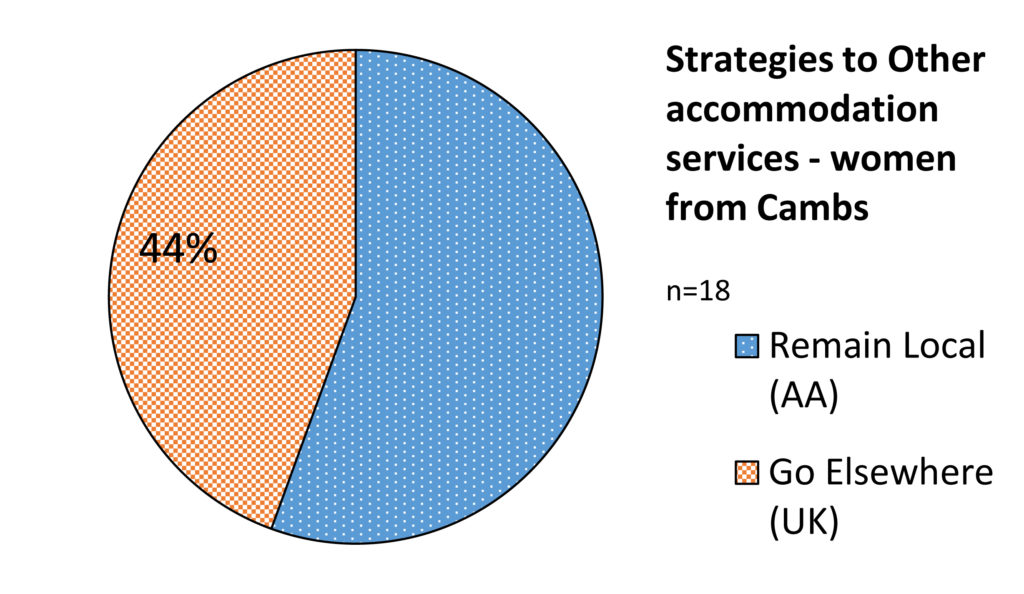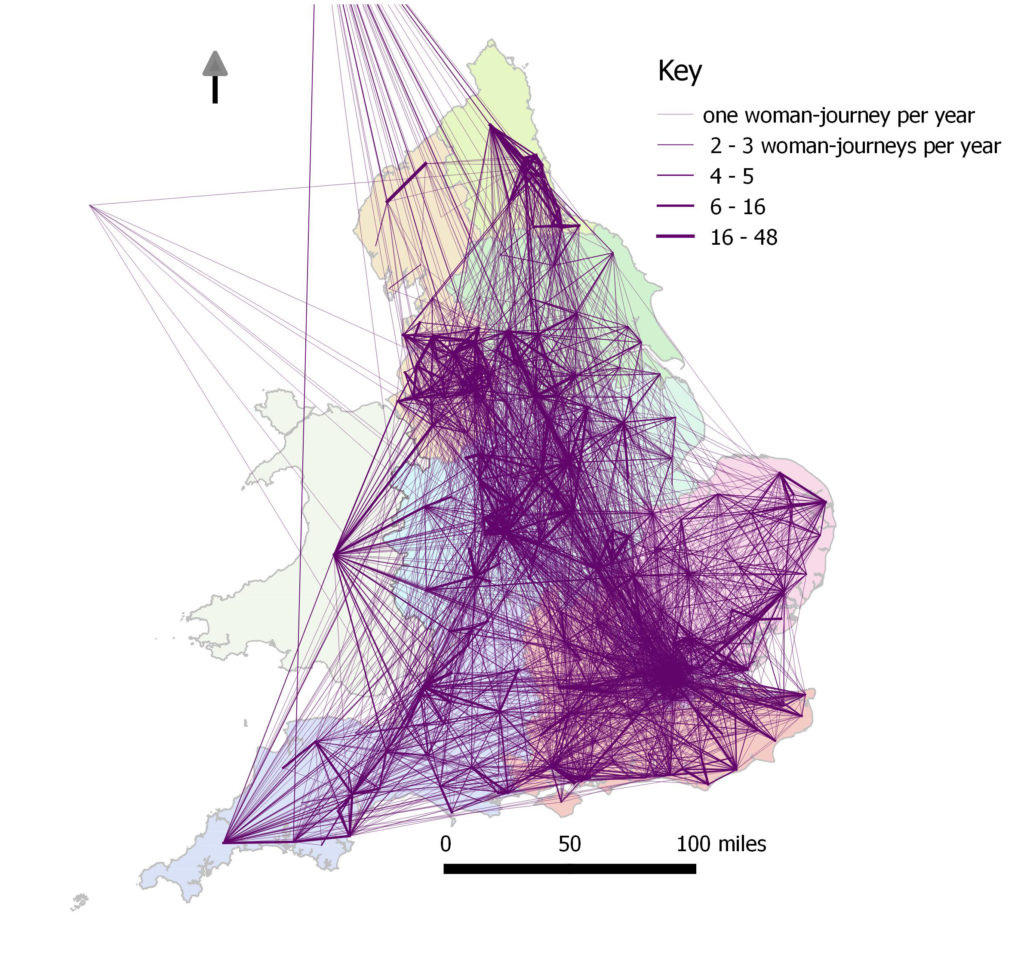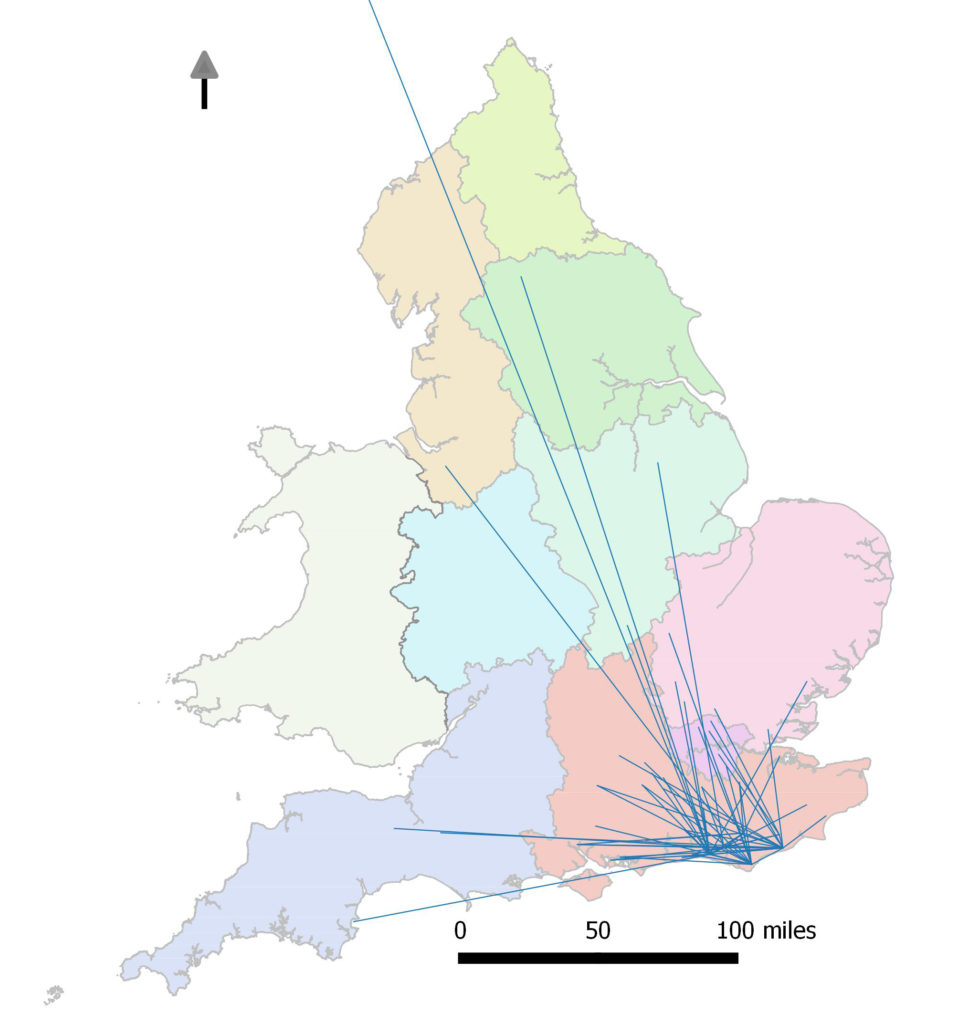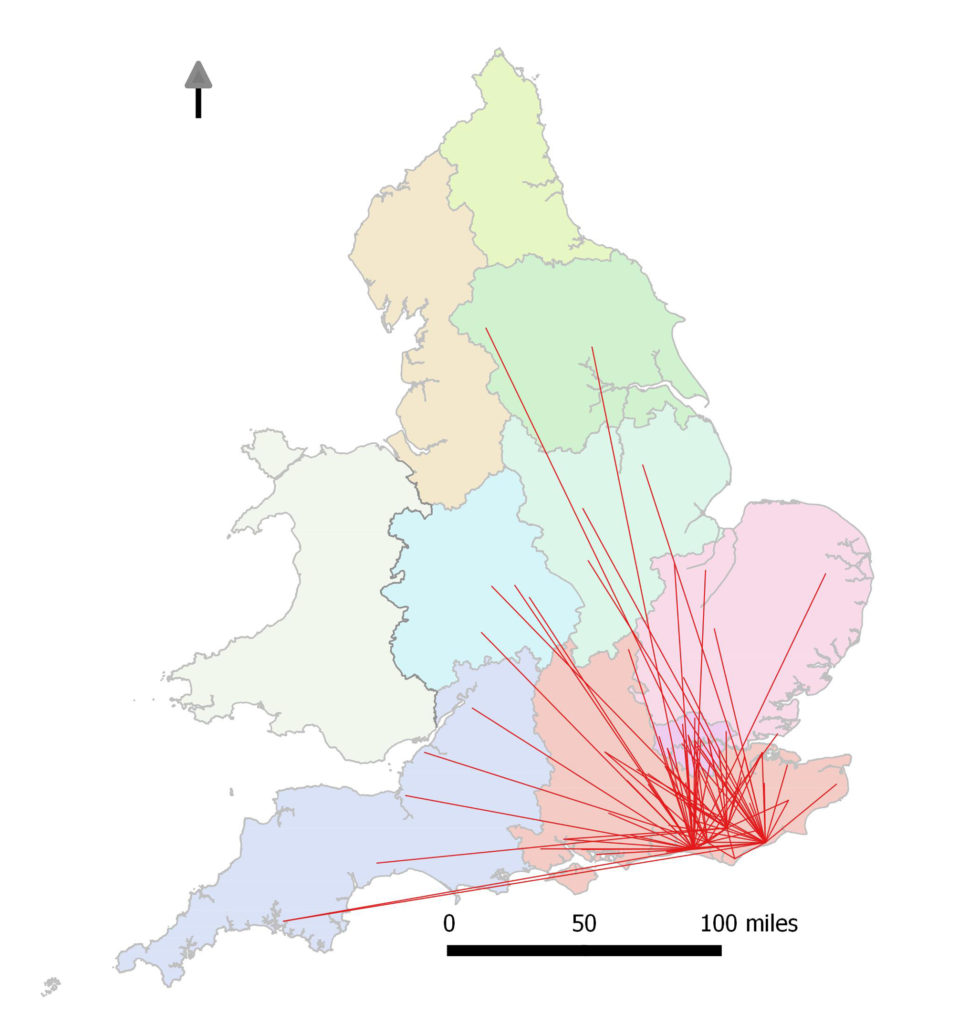Support services are vital to enable escape and recovery after domestic violence and abuse. We’ve known this for countless decades.
But it’s not one size fits all.
And it matters where services are, what they provide, and for whom.
Specialism and diversity are crucial – and to provide rights-based services from a position of empathy and peer support and understanding.
We’ve known all this for a long time.
Then there’s accessibility – is there a suitable space in a service – when you need it? This may be in a moment of crisis, but it may be about timeliness in the longer-term – when you are ready to make the best use of that type of support. Some of the need is for accommodation-based services – notably refuges – for those who relocate due to the abuse; but there is also a wide range of needs for those who stay put, and for resettlement away from the abuse.
So this is all about types of services, eligibility, location and capacity; and this research has developed evidence-based recommendations for service provision – on an ethical basis:
- Eligibility
- Type
- Holistic
- Independence
- Capacity
- Accessibility
- Location
Technical papers are available here and here.
The Domestic Abuse Act 2021 was meant to improve the dire shortage in the services needed, not least through Part 4 which requires local authorities to provide safe accommodation. Now the MHCLG has published the results of a 3-year evaluation of how well this is working….
It’s a patchy picture…
Some increase in the scale or range of safe accommodation, but also an increase in the number of survivors who were not being supported. Some increase in support for children in safe accommodation, but very variable levels of support across the country.
And the focus – yet again – on what happens within local authorities, neglected the considerable scale of help-seeking across borders – between local authorities[i].
So – yet again – it is a missed opportunity to begin to address this glaring gap in both knowledge and response. Tens of thousands of women and children cross local authority borders due to domestic abuse, yet the needs assessments and the service responses largely behave as if they don’t.
The report provides nine conclusions, recommending that “MHCLG should…” or “LAs should…”, or “Services should…”, but when it comes to the final point about cross-border relocation, the language suddenly weakens to “LAs may want to consider…”
“9. As many victim-survivors move across areas for safety, LAs may want to consider co-ordinating with neighbouring authorities on their needs assessments, strategies, commissioning or monitoring and evaluating delivery and outcomes. Doing so can offer information and insight on a larger scale and may bring efficiencies in shared effort, although it may not have the granular detail of those focused on a single LA.” (MHCLG, 2025, p. 17)
Worse than that, it only suggests this as something that LAs may want to do for efficiency – not because it is what survivors desperately need and deserve. That – by right – they should be enabled to go as far as they need and stay as near as they can.
And it lets national Government off the hook – leaving the responsibility on local authorities to consider doing the right thing, rather than national Government requiring a functional infrastructure of services and service accessibility for survivors of domestic violence and abuse, when and where and in the form that they need and deserve.
[i] (MHCLG, 2025, p. 81) MHCLG. (2025). Evaluation of the Domestic Abuse Duty for Support in Safe Accommodation. Part 4 of the Domestic Abuse Act (2021). Ministry of Housing, Communities and Local Government.

